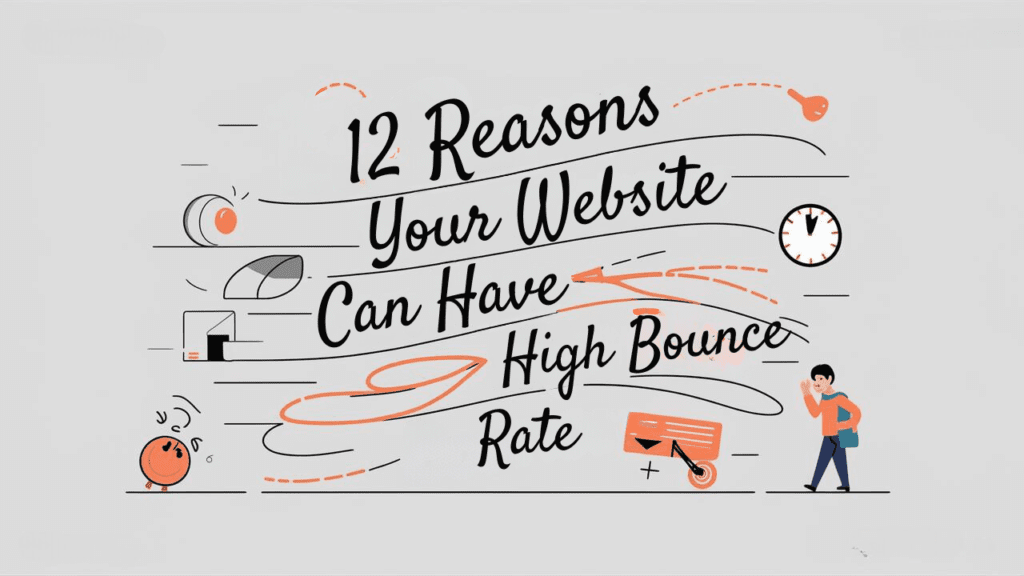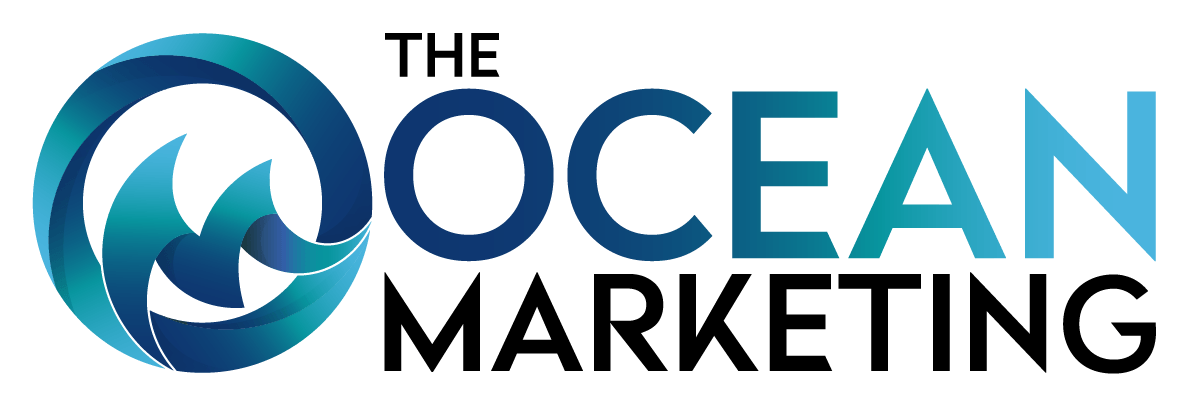
Is your website plagued by a high bounce rate? Don’t worry—there are solutions. Let’s dive into what might be causing it and how to fix it.
High bounce rates can be frustrating, but they can also be a useful diagnostic tool. While a high bounce rate in GA4 doesn’t necessarily mean your website is underperforming, it’s crucial to configure GA4 correctly to track it accurately.
If you’re just getting acquainted with bounce rates, this guide is a must-read.
Table of Contents
Possible Explanations For A High Bounce Rate
Here are 12 common causes of high bounce rates, followed by six strategies to mitigate them:
Slow-To-Load Page
Google’s Core Web Vitals metric, “Interaction to Next Paint,” emphasizes site speed. A slow-loading page can drastically increase your bounce rate. Tools like Google PageSpeed Insights, Lighthouse reports, Pingdom, and GTmetrix can help you identify and fix these issues.
Self-Sufficient Content
Sometimes, your content is so effective that visitors get what they need quickly and leave. To determine if your high bounce rate is a problem, look at metrics like Time Spent on Page and Average Session Duration in Google Analytics.
Disproportionate Contribution By A Few Pages
Certain pages might disproportionately contribute to your site’s overall bounce rate. Use Google Analytics to identify these pages and apply filters to get a clearer picture.

Misleading Title Tag And/or Meta Description
Ensure your title tag and meta description accurately represent your content. Misleading descriptions can lead to high bounce rates.
Blank Page Or Technical Error
An exceptionally high bounce rate might indicate a technical issue like a blank page or 404 error. Check your site from your audience’s most popular browser and device configurations.

Bad Link from Another Website
Sometimes, referral traffic from poorly linked sources can cause high bounce rates. Reach out to the referring site to correct the context or remove the link if necessary.
Affiliate Landing Page Or Single-Page Site
For affiliate or single-page sites, high bounce rates might be expected. Ensure you’re tracking conversions appropriately to differentiate between bounces and engaged sessions.
Low-Quality Or Under Optimized Content
Poor content can drive visitors away. Review your content critically and ensure it’s optimized for online reading. Consider hiring a professional copywriter if necessary.
Bad Or Obnoxious UX
A cluttered user experience can increase bounce rates. Avoid bombarding visitors with ads and ensure your site is easy to navigate.
Orphaned Content Pages
Many websites still aren’t optimized for mobile. Ensure your site is mobile-friendly to avoid high bounce rates from mobile users.
Content Depth
Provide deep, interconnected content to keep visitors engaged. Use internal links and compelling summaries to encourage further exploration.
Asking For Too Much
Don’t overwhelm new visitors with requests for information. Build trust first to reduce bounce rates.
Tips For Reducing Your Bounce Rate
- Rework Your Title Tag and Meta Description: Ensure they match your content accurately.
- Make Sure Your Content Lives Up To The Hype: Match your content to your title tag and meta description promises.
- Keep Critical Elements Above The Fold: Make sure key elements are visible immediately.
- Minimize Non-Essential Elements: Avoid overwhelming visitors with unnecessary content.
- Help People Get Where They Want To Be Faster: Improve navigation and search functionality.
- When In Doubt, Test: Use A/B and multivariate testing to find what works best.
Ready to get started? Take your business to the next level with The Ocean Marketing.
Achieving online growth is easy with The Ocean Marketing. Take the first step today.
Conclusion
Bounce rates are just one of many SEO metrics, but they are fixable. By following the steps outlined above, you can bring your bounce rate down and improve your user experience. Take some time today to optimize your website and review your bounce rate for core pages. Implement these strategies to guide it in the right direction.
Reference – https://www.searchenginejournal.com/website-bounce-rate/332439/

Marcus D began his digital marketing career in 2009, specializing in SEO and online visibility. He has helped over 3,000 websites boost traffic and rankings through SEO, web design, content, and PPC strategies. At The Ocean Marketing, he continues to use his expertise to drive measurable growth for businesses.

